
Celebrating 7 years of The Narwhal — and gearing up for the next 7
Between a fresh take on engagement and our new life on video, our team is...
Drew Spoelstra’s family has been cultivating thousands of acres of farmland just outside Hamilton, Ont., for 40 years, growing grain, corn, soybean and wheat.
Over those decades, farming has changed along with the region: the noise, smell, dust and waste generated by increased development has affected how farmers interact with their crops. “Every day depends on the way the wind is blowing and what’s blowing with it,” said Spoelstra.
This year, harvest season was upended by something different: a series of sudden, late-in-the-day announcements on Friday, Nov. 4, by the Doug Ford government about imminent changes to housing policy that could have massive implications for just about everything to do with land use in Ontario. Among them was a decision to compel the city of Hamilton to expand its urban boundary — the geographical divide between an urban area and surrounding natural and agricultural lands which limit how far out a city can sprawl.
Now, the city must permit development on 2,200 hectares it hadn’t planned to, about 90 per cent of which is prime agricultural land, including Spoelstra’s farm. Over a third of it is also protected Greenbelt, which the Progressive Conservative government has now opened for development after repeated promises not to.
The Ford government’s directive purposely overrides what Hamilton city council decided to do with its own borders just last year. The city’s decision was made after a year-long public consultation process that saw physical surveys mailed to every resident about the future of development. Some 18,000 responses were received, 90 per cent of which were votes against expanding the urban boundary to allow for more single-family housing. Instead, Hamilton residents opted for intensifying development within the city over the next decade.
Councillors deemed the public participation tremendous, the most robust it had ever been in recent history. To see the province use its muscle to override this strong consensus was concerning for residents like Spoelstra.
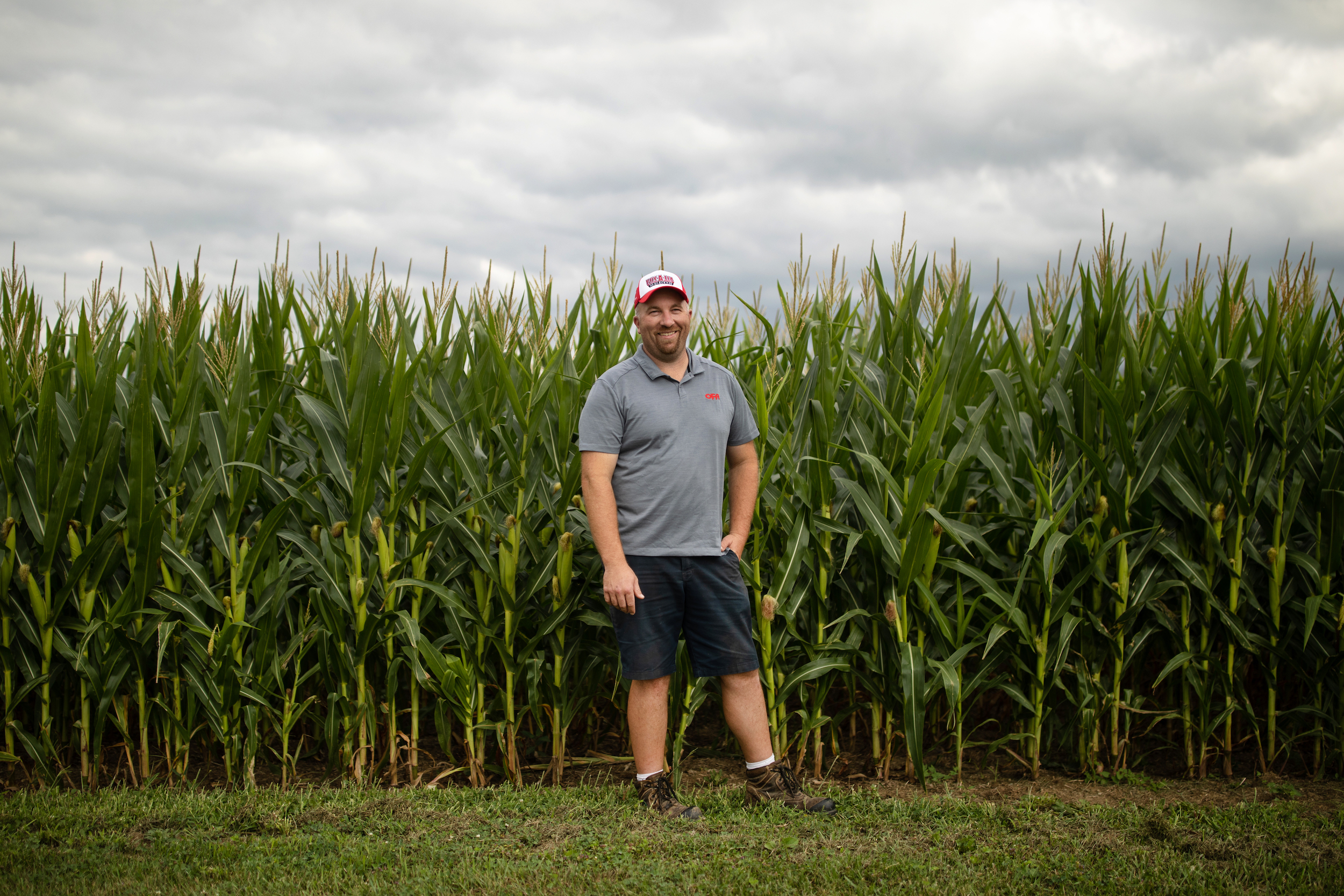
“I wasn’t surprised. I was disappointed,” said Spoelstra, who participated in the public consultation as vice president of the Ontario Federation of Agriculture. “I think agricultural land should be as valuable as land for houses … because any effort to feed ourselves and make sure we can produce what we need here in our backyards is increasingly important.”
The city of Hamilton wasn’t the only municipality to have its official growth plan torn up last Friday. Halton Region — which last February also voted to freeze its urban boundary in favour of intensifying development on land already designated for housing — was also overruled.
The province ordered Halton, which encompasses the city of Burlington and the towns of Oakville, Milton, and Halton Hills, to expand development by over 2,000 hectares, much of it, again, agricultural. It’s also much more land than seems realistic for Halton to develop in the province’s 30-year time frame. The Halton Region town of Georgetown, for example, has been allocated three times more residential land than what its population of 42,123 currently lives on.
Marianne Meed Ward, the re-elected mayor of Burlington who led February’s vote for Halton Regional council, is “very, very disappointed.” She said she sees the Ford government’s decision as an erosion of local democracy and planning authority.
“This is a step in devastating the farmland we need to feed our growing community,” Meed Ward told The Narwhal.
In an email statement to The Narwhal, Victoria Podbielski, a spokesperson for Minister of Municipal Affairs Steve Clark, said that growth plans “are among the most important tools municipalities and the province use in partnership to prepare for future growth and housing needs.”
But Meed Ward said the province’s actions contradict this idea. “[Ontario mayors] have consistently asked them to consult. We’ve told them their best role is to set goals and our best role is to implement them on the ground,” she said. “To have a decision made like this that overrules us shows that they’re not treating us like a partner.”
Podbielski said the decisions to overrule the growth plans submitted by Halton Region and Hamilton were made “after careful consideration” to accommodate a growing population “and allow for more desperately needed housing to be built.”
“In order to adequately prepare for future population growth, it is critical that governments at all levels make smart long-term plans that meets the needs of both current and future residents, and that include the creation of all types of housing,” Podbielski wrote.
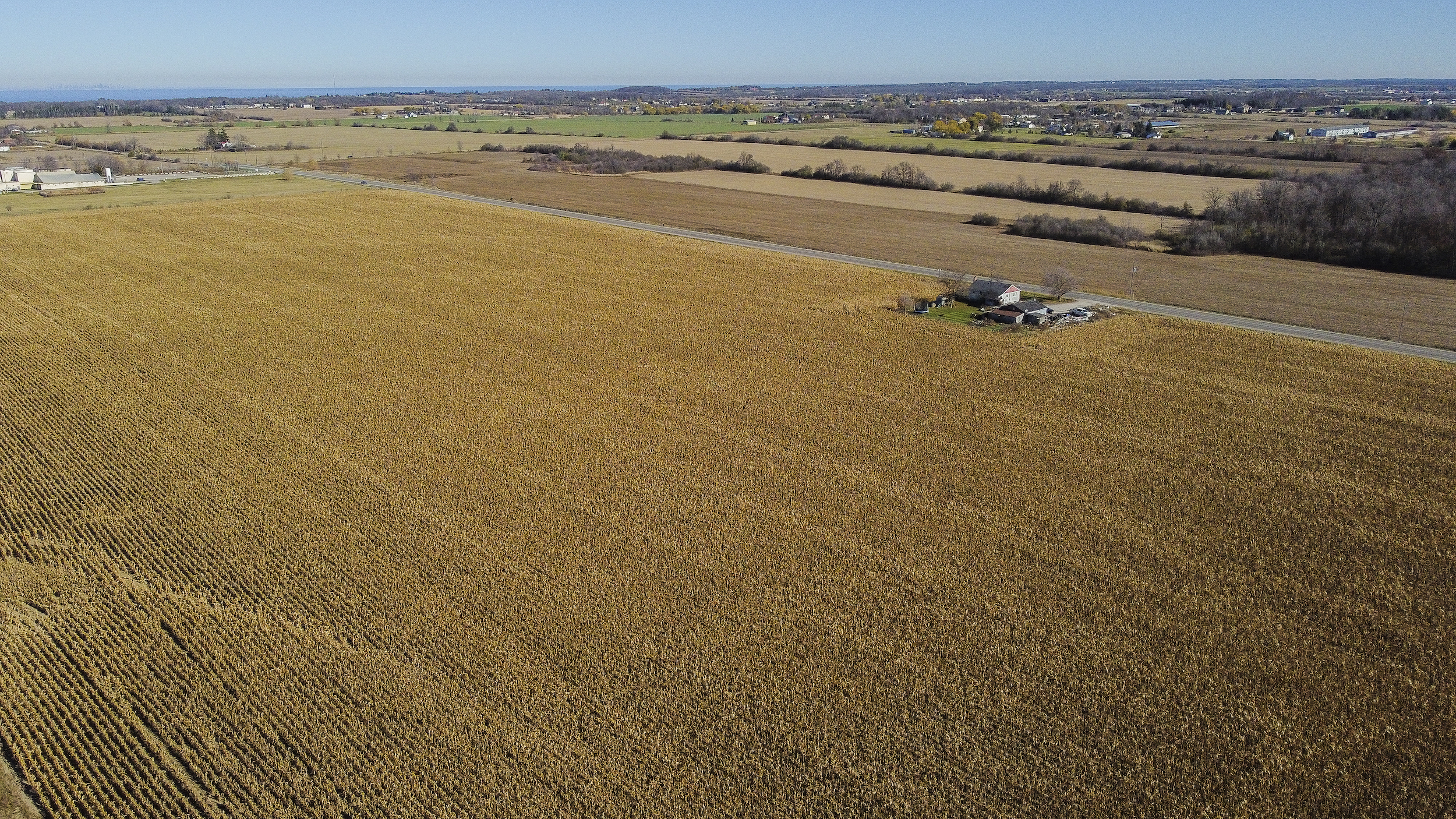
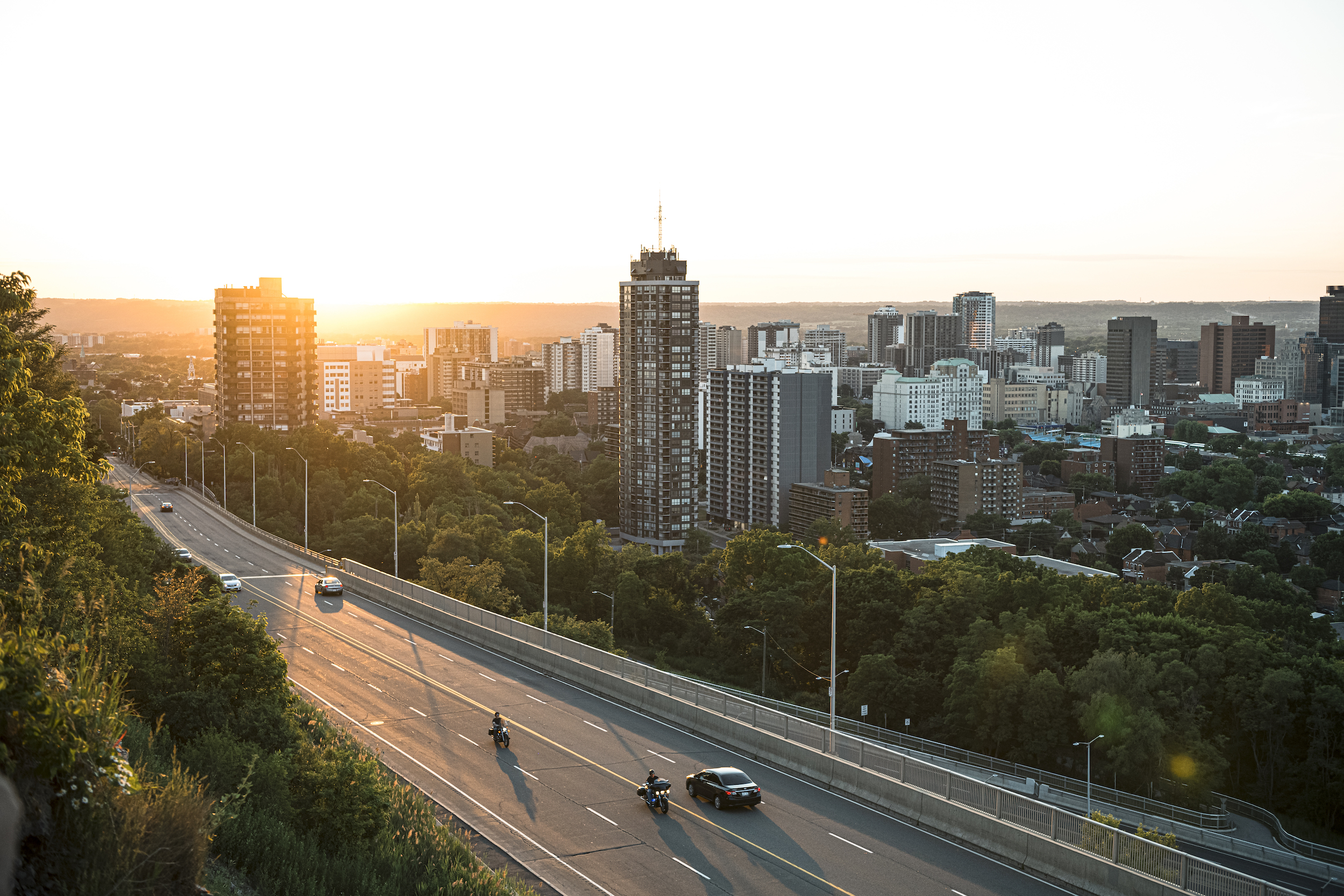
The Ford government’s decisions for Halton Region and Hamilton are the latest moves in its effort to accelerate the growth planning process in Ontario. With over 15 million people in 444 municipalities, the province’s growth plan was already extremely complex: to secure infrastructure funding, big cities like Hamilton and regional municipalities like Halton are required to submit individual growth plans that comply with the province’s larger vision every five years. Ontario municipalities last did so in 2018, looking ahead to 2041.
Growth planning became even more fraught at the start of the pandemic, when Clark ordered municipalities to submit a new plan by 2022, a year earlier than normal, and plan for a decade longer to 2051. Along with that directive came a politicization of housing affordability — a single-minded focus on new single-family homes, and highways to connect them, as the only way to address the province’s deepening housing crisis.
Last week’s bombshells have only convinced critics that the government is set to lock in generations of sprawl across Ontario. All municipal growth plans must be approved by Clark, who threatened to reverse any decision he didn’t like even before Hamilton voted.
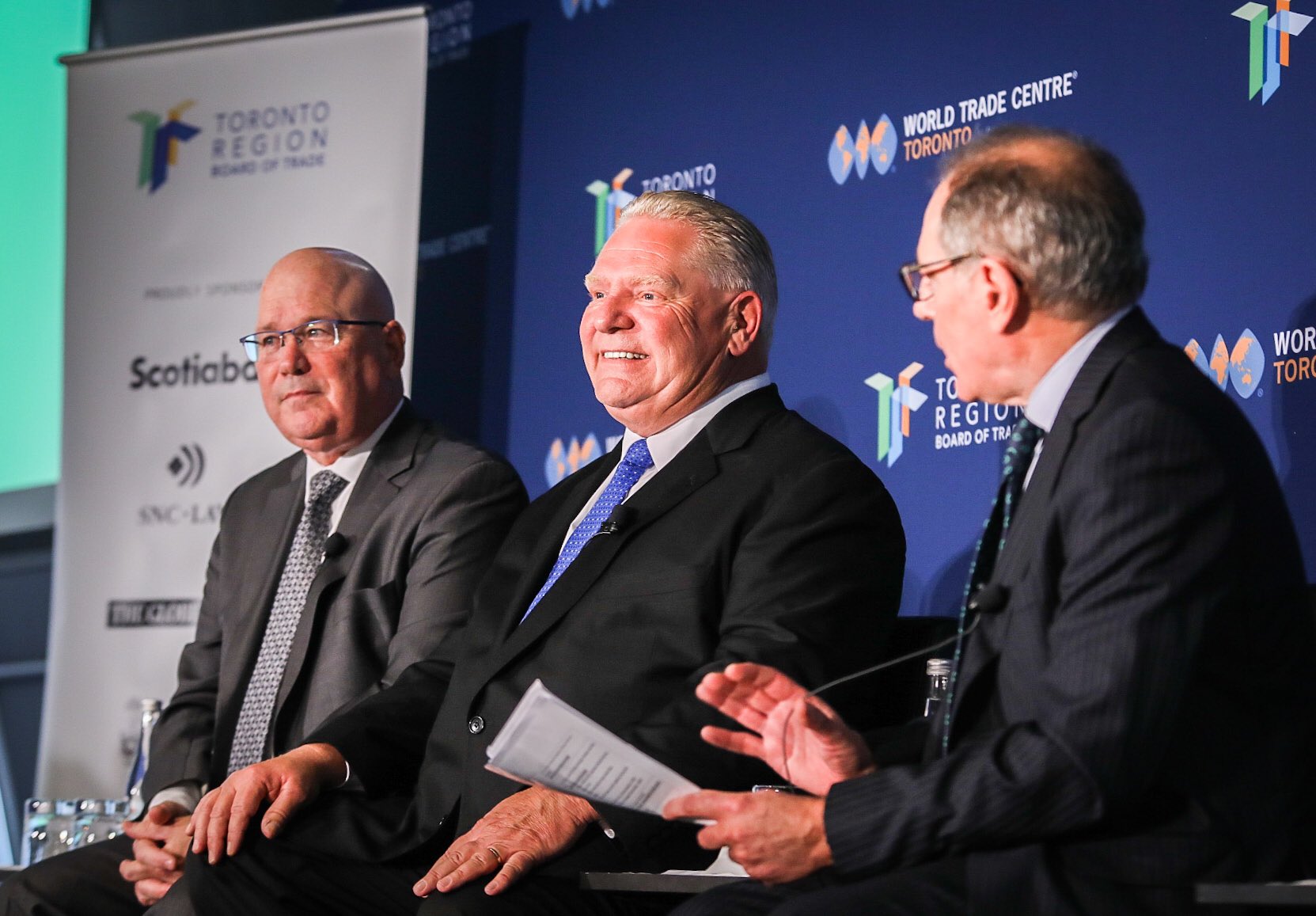
After the 2020 order to speed up growth planning, city councils and planners scrambled to meet the shortened deadline in the middle of a global health emergency. The regions of York, Peel and Durham all voted to open thousands of acres of farmland to development. Moving in the opposite direction were Hamilton and Halton, which voted to stick to their boundaries.
In May 2022, right before winning another election, the Ford government passed Bill 109, the More Homes for Everyone Act. The omnibus bill was another indication the government was determined to push through its own land use agenda: it gave Clark new powers to “suspend the time period to make a decision on official plans and official plan amendments.” In September, Clark sent a letter to municipal councils that had submitted growth plans saying he was employing these new powers — despite the time and effort cities had put into meeting his early deadline.
The letter said that municipal governments would be “notified when the Minister takes further steps.” This was right before municipal elections, when councillors and mayors were deep in campaign mode and councils were in what’s called a “lame duck” state, unable to do any municipal business such as respond to Clark’s letter.
Just as new and re-elected municipal politicians — including Hamilton’s new mayor, former provincial NDP leader Andrea Horwath — were beginning orientation week in November, the Ford government posted its housing decisions on Ontario’s public environmental registry. Most southern Ontario councils hadn’t been sworn in yet, and so were unable to formally meet. Both Hamilton and Halton Region found the issue important enough to convene rushed meetings of outgoing and incoming councils to discuss the decisions.
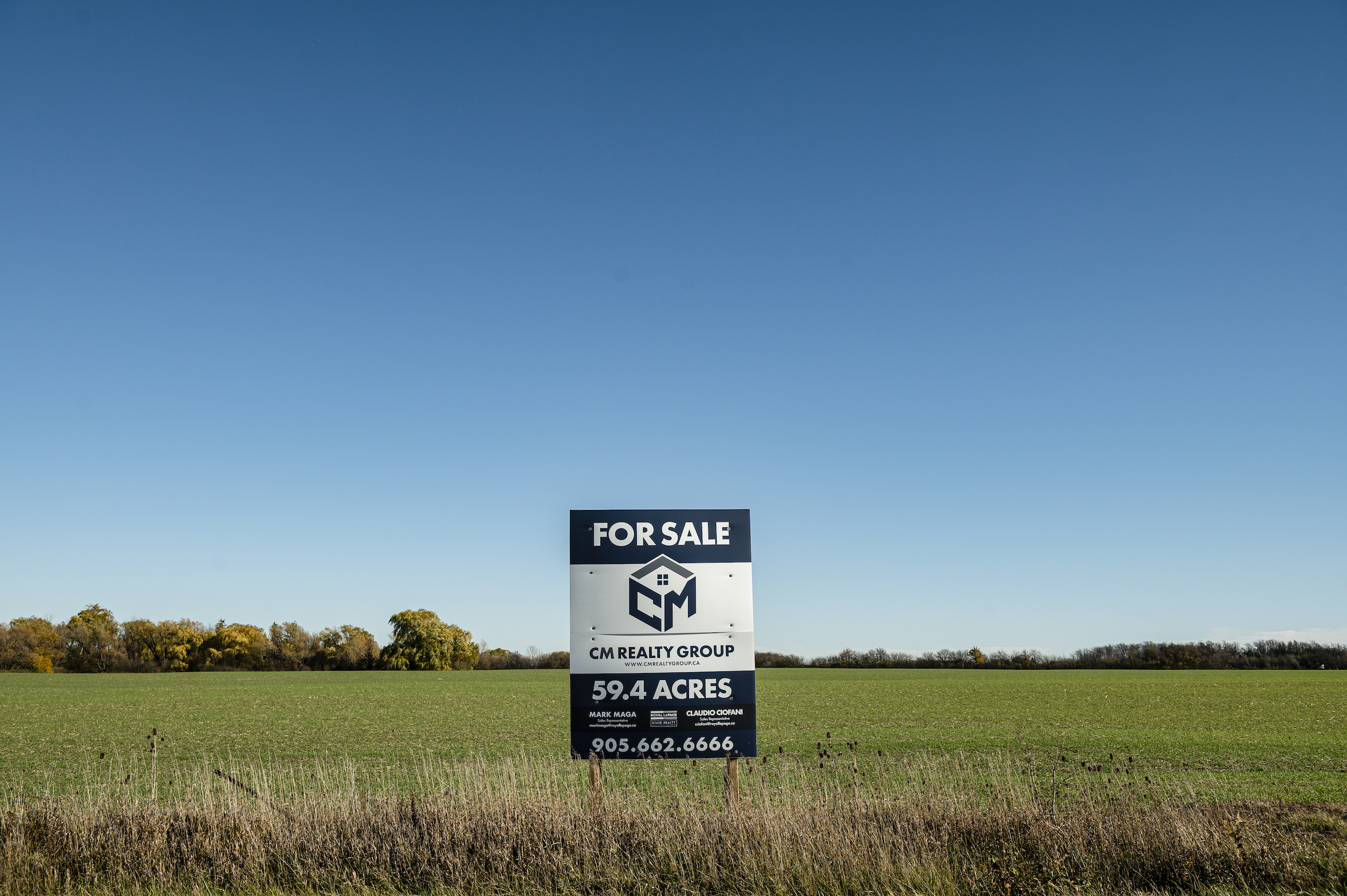
“We were shell shocked,” longtime Halton Hills councillor Jane Fogel told The Narwhal. “All our efforts have been squashed. It feels like we don’t matter.”
Fogel said the provincial government isn’t treating cities like partners in the planning process, despite the shared goal of making housing more affordable. “We all want it to be improved but you have to engage in the process,” she said. “You can’t just throw a bomb. You can’t just approve as much land as possible.”
Both Halton Region and Hamilton have consistently met their growth plan targets in the past, according to planning staff reports. Politicians from both told The Narwhal they believed their plans would help achieve the province’s goals while maintaining farmland and greenspace: food security, access to nature and nature-based flooding and heat mitigation are all increasingly pressing issues, especially after Hamilton, Halton Region and dozens of other Ontario municipalities declared a climate emergency in 2019.

Now, the Ford government plans to open both municipalities to what local politicians see as unlimited development — and there’s nothing their councils can do.
Each approved plan comes with the same four-word notice: “Appeals are not allowed.”
“We can say we’re not happy about it but it’s over and done,” Meed Ward said. She doesn’t believe the province’s growth plan amendments and housing plan will help create complete communities, a planning term for neighbourhoods that are walkable and transit-oriented, with housing options for all socioeconomic levels, ages and mobility levels.
In the growth plans both Halton Region and Hamilton submitted to the province, the words “firm urban boundary” are repeatedly struck out. The word “minimum” has been added multiple times next to stated targets — Hamilton must now grow by not just “4.6 million people” but “a minimum of 4.6 million people” — another sign of the province’s commitment to growth.
Meed Ward says such changes coerce councils to encourage more single-family, car-dependent residential development than infrastructure plans can keep up with, and don’t consider what people need beyond housing. The province made 45 amendments to Halton Region’s approved official plan, including converting spaces that were planned for future business and industrial opportunities to residential zones.
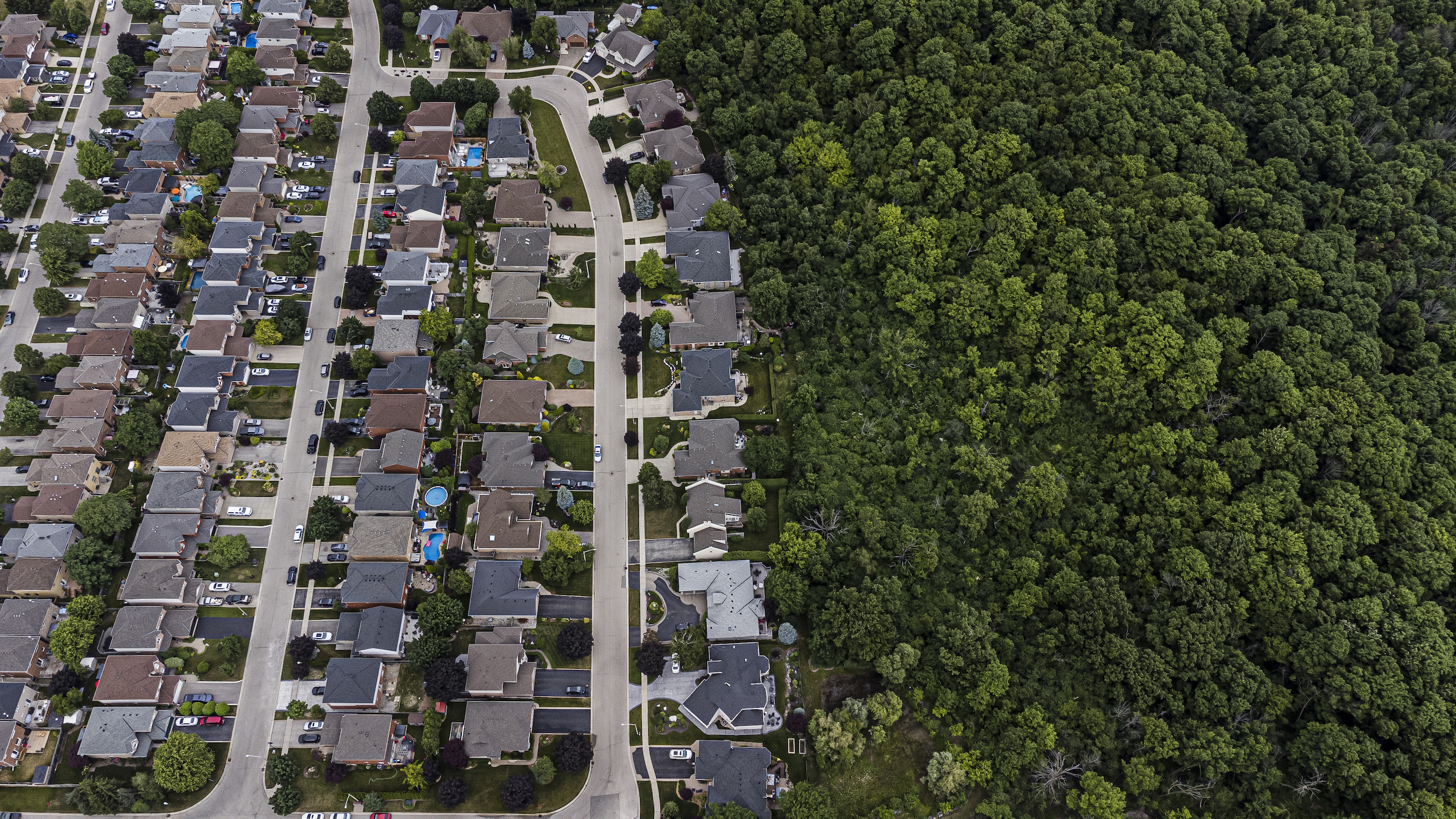
As well, the new housing-focused Bill 23 proposes to turn regional councils into what the Ford government calls “commenting agencies” with no influence on the planning process. Meed Ward believes these changes will create confusion and disorganization, and have “devastating consequences.”
“We already did this work. We went to the drawing board and looked at all our land closely and re-checked and decided building on farmland and out to 2051 was irresponsible,” Meed Ward said. “If there’s no land to build industry, people will move somewhere else. The province has severely restricted our ability to determine our own future.”
The province made even more extensive changes to Hamilton’s official plan before approving it, with 77 irreversible amendments. It removed all mandatory requirements for new development, including that contaminated sites be cleaned up before building. The approved plan for Hamilton also removes or reduces limits placed by city council on the number of housing units that can be developed within existing neighbourhoods.
“These are very strange changes to the city’s growth plan,” Steve Robichaud, Hamilton’s chief planner, told The Narwhal. He said his staff felt it was possible for the city to meet its target goals without developing every available site to the maximum by 2051, and wanted to avoid being left with no land available for future growth, as is the case in some Ontario cities like Mississauga.
Robichaud, like Meed Ward, believes that the province’s changes will lead to bringing in new residents faster than Hamilton can provide sufficient greenspace, transit, sewer capacity and other services.
He also finds it telling that while the province’s plan doesn’t align with his staff’s analysis, it does line up with intense proposals developers have been submitting to council. “It’s shifting more towards private interests all under the auspices of building houses faster. But density without design equals disaster,” Robichaud said.

Politicians, planners and the public are also concerned that the provincial government has trampled the will of the people, especially in Hamilton. There, Clark is disregarding the city’s efforts to gather public input and residents’ unprecedented participation in the planning process.
Robichaud said that Hamilton’s year-long public engagement was a deliberative, collaborative process that created “a social contract” between council and community: promised that the city’s urban boundary was firm, residents agreed to welcome “gentle” densification. The approved growth plan ignores that, he said, and “doesn’t have the development vision the community expects.”
In 2020, a group of citizens formed Stop Sprawl Hamilton, a grassroots movement to urge council to prioritize density and the protection of farmland. The movement spread to Halton Region and beyond: there are now Stop Sprawl groups in Halton, Peel, Durham and York.
Members believe the Ford government has “stepped all over our democratic rights and taken away any ability for the public to get involved,” said Kim Bradshaw, a co-founder of Stop Sprawl Halton. “Doug Ford is going against what we want.”
“It feels like they’ve taken Hamilton’s diligent planning process and just thrown it in the trash and then slammed the lid shut,” said Nancy Hurst, another co-founder of Stop Sprawl Hamilton. “Speak to anyone in Hamilton. You’ll see everyone is furious.”

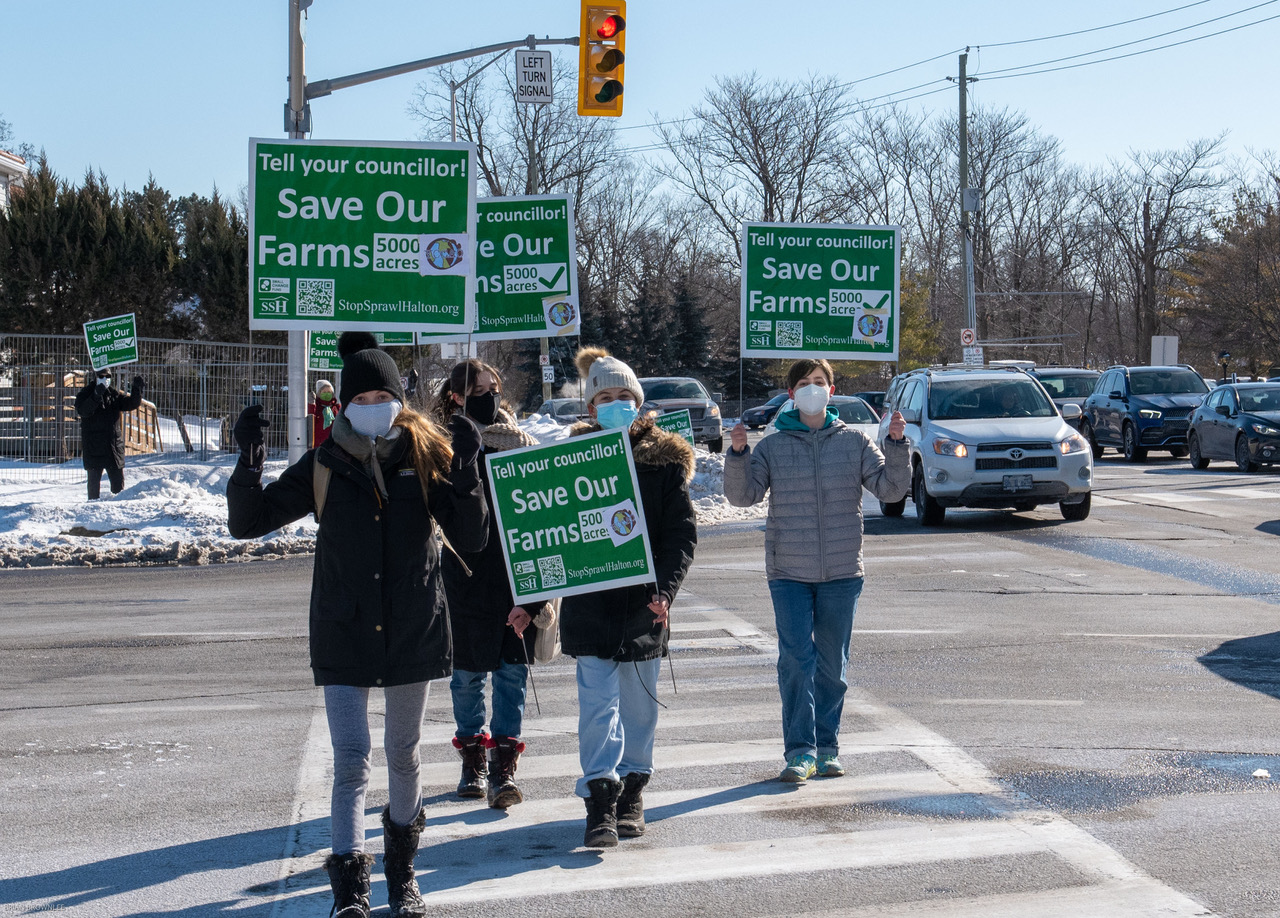
Meed Ward agrees. “As long as the province continuously overrules elected councils, we will have a major problem,” she said. “With this decision they have said they can eliminate our powers, which they have done, and they can overrule us, which they have also done.
“We are subject to the whims of whoever is in power at Queen’s Park. It’s disruptive. It’s chaotic.”
Spoelstra said that while the democratic implications are immediate, the broader negative effects will be long-term. Ontario is one of seven regions in the world where more food is grown for export than import, he said, and the provincial government’s decisions for Hamilton and Halton Region puts that economy — as well as the province’s food security — under threat.
“Once you turn farmland into concrete you can never go back,” he said. “The fact that we can grow food here is important, and should be just as important as our need for houses and addressing climate change.”
Get the inside scoop on The Narwhal’s environment and climate reporting by signing up for our free newsletter. On a warm September evening nearly 15...
Continue reading
Between a fresh take on engagement and our new life on video, our team is...

The public has a few days left to comment on Doug Ford’s omnibus development bill....

115 billion litres, 70 years to fix, $5.5 billion in lawsuits
